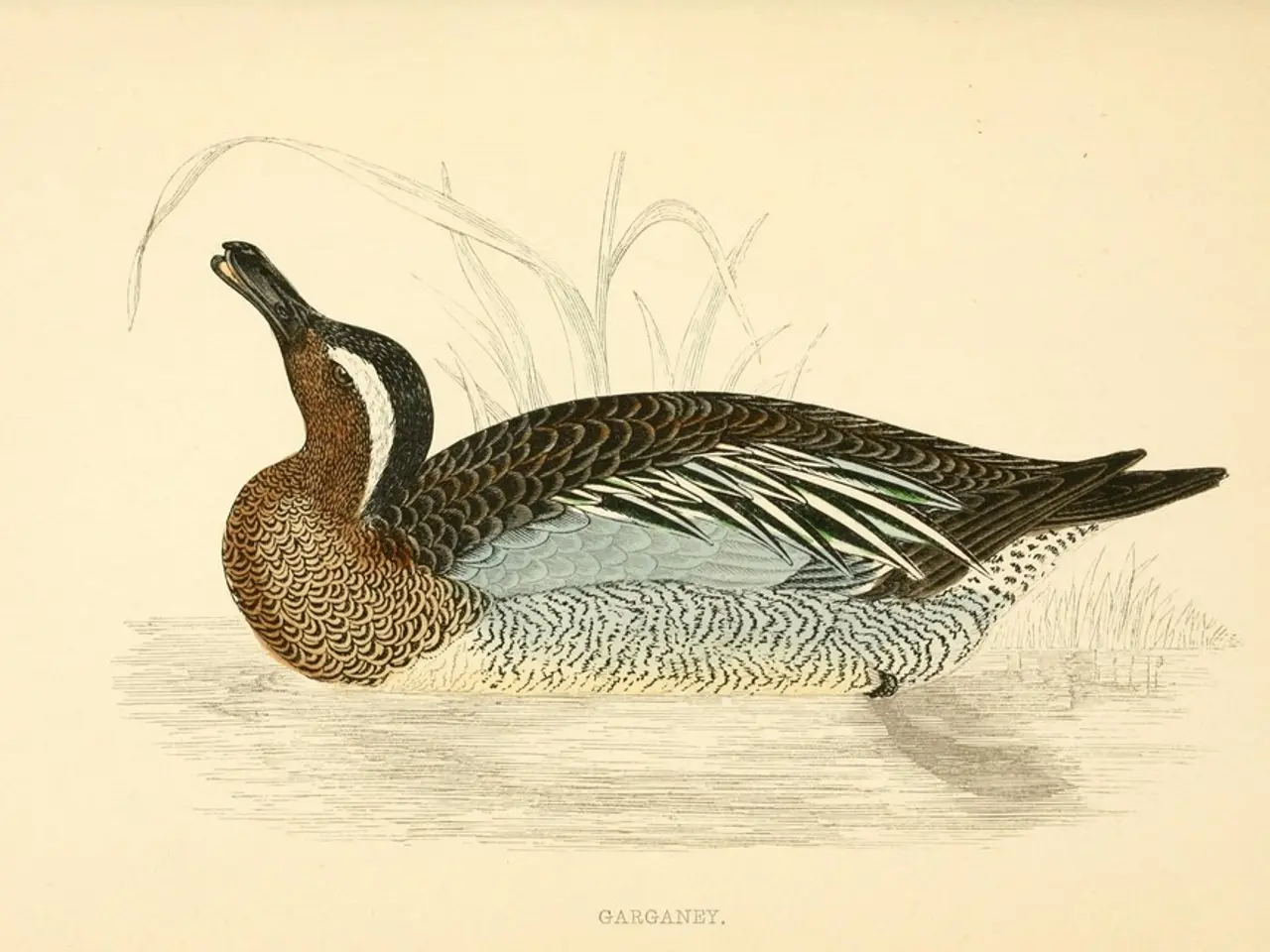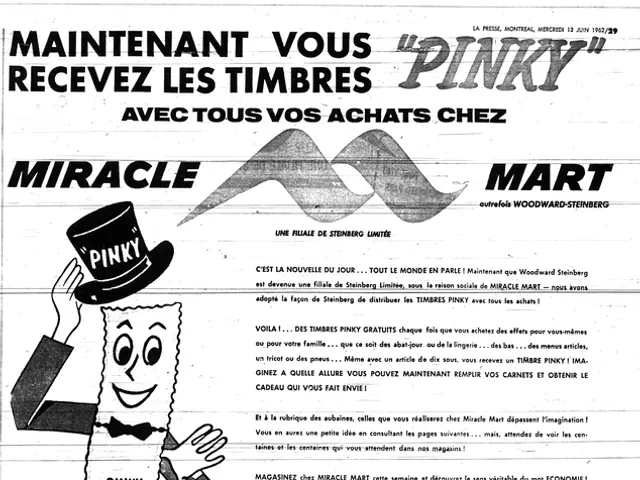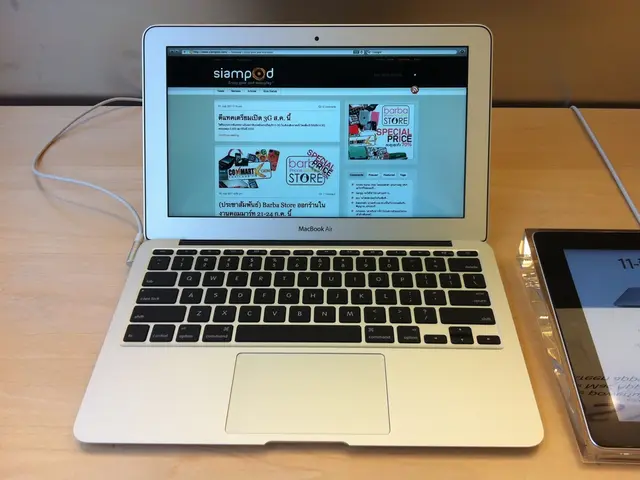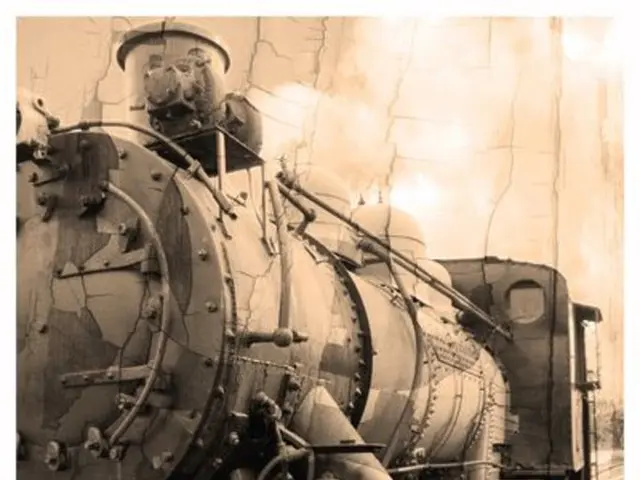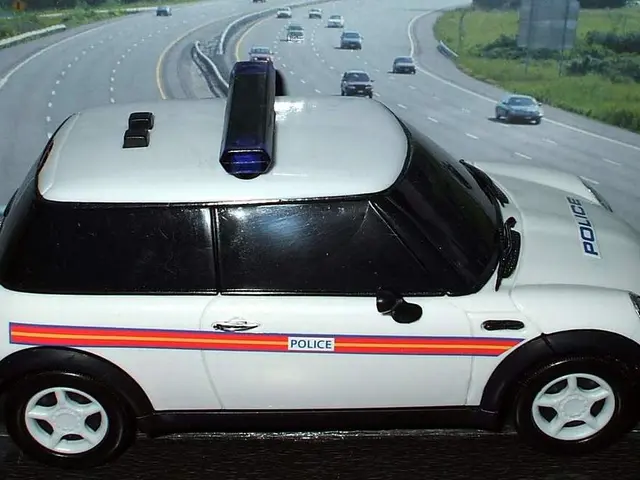Unveiling PooLA Filament - Grass-Strengthened PLA Plastic
In a groundbreaking experiment, Stefan from CNCKitchen decided to explore the potential of using cow dung as a filler for PLA filament in FDM 3D printing. The findings, documented in a video, provide an intriguing mix of benefits and drawbacks.
### Potential Benefits
The use of cow dung, known as 'PooLA' in the experiment, offers several attractive advantages. For one, it aligns with eco-friendly and sustainable material goals in 3D printing. Cow dung is primarily composed of grass fibers, such as cellulose and lignin, making it a natural, biodegradable filler similar to wood dust or hemp fibers traditionally used in PLA filaments.
Another advantage is the absence of unpleasant odours during printing. Contrary to common assumptions, the dried cow dung filler does not produce unpleasant smells, instead, it smells like dried hay or grass due to its fibrous plant-based origin.
Additionally, 'PooLA' imparts a nice natural colouring and texture to the prints, giving them a unique appearance that visually differentiates them from pure PLA prints.
### Drawbacks
Despite these benefits, 'PooLA' also presents some challenges. For instance, the breaking strength of the printed parts decreases when using cow dung powder, making the material more brittle and less flexible. This limits the durability and impact resistance of printed objects.
The inclusion of cow dung powder also causes issues during filament extrusion, such as unclear effects on melt viscosity and extrusion homogeneity, complicating consistent filament manufacture.
Moreover, increased fiber content tends to roughen the print surface texture, which might be undesirable for applications needing smooth finishes.
Cow dung inherently contains bacterial residues and other organic matter, which might affect long-term filament stability or performance. However, this was not explicitly elaborated on in the tests.
### Summary
Cow dung as a PLA filler offers an innovative, environmentally friendly approach that leverages natural cellulose fibers already partially processed by cows. It avoids odor problems during printing and adds unique visual characteristics. However, these benefits come at the cost of weaker mechanical strength, increased brittleness, and difficulties in filament consistency and processing.
These factors currently limit its suitability mainly to non-structural or experimental prints rather than demanding functional parts.
While cow dung-based PLA filaments hold promising potential as biodegradable and novel material composites, further research and processing optimization are needed to overcome the mechanical and manufacturing challenges for wider practical use in FDM 3D printing.
The experiment was conducted during a heatwave in Germany, adding an extra layer of complexity to the process of creating 'PooLA'. Despite these challenges, Stefan and his colleagues are still trying to figure out the reasons for the difficulties encountered in creating 'PooLA'.
Aside from the technically unneeded bacterial corpses and other detritus in cow patties, using grass fibers in FDM filament isn't a crazy idea. With continued research and development, 'PooLA' could potentially fit right in with other fibers used in FDM filament.
Gadgets associated with technology could potentially utilize the filament made from cow dung as a filler, given its unique benefits such as eco-friendly composition and natural coloring. However, the drawbacks of reduced breaking strength and brittleness might limit the practical use of this filament in producing durable functional parts.
